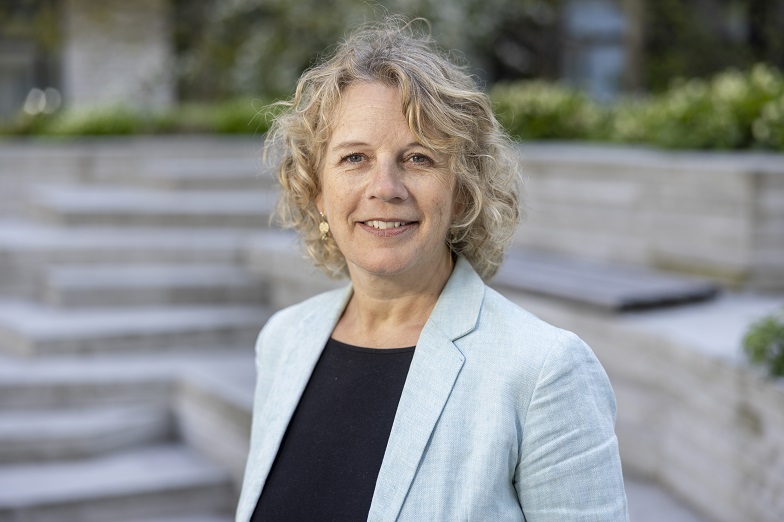How to get nuts about spending your pension

We save diligently, but many face challenges transitioning from saving to spending. Are you one of them? Here are some tips from PFA's personal finance expert on how to overcome the urge to hoard.
With total pensions, free savings, and home equity amounting to approximately 10 trillion kroner, Danes hold a significant fortune. However, many find it difficult to spend their savings when they enter retirement.
"Many Danes treat their pensions like squirrels with their stash of nuts. We diligently collect throughout life, but when winter – retirement – comes, we don’t always use what we’ve gathered," explains Camilla Schjølin Poulsen, personal finance expert at PFA.
Evolution has made us hoarders
It’s about learning a new mindset. After decades of focusing on saving, we now need to learn how to spend. This can feel unfamiliar – like walking in the opposite direction of what you’re used to. Our evolutionary instincts also play a role. Humans have always been good at hoarding for tough times, and this instinct doesn’t simply disappear because the bank account is full.
"We’re accustomed to saving throughout life and now need to learn how to draw it down. This is difficult for many, and it results in fortunes sitting in accounts, never being used," says Camilla Schjølin Poulsen.
She encourages people to practise viewing their savings differently.
"It’s about changing your mindset. Spending your money shouldn’t be seen as wasteful but as an investment in the life you want to live. There’s a difference between throwing money out the window and spending it on things that bring value," advises Camilla Schjølin Poulsen.
Start with a financial plan that provides peace of mind
A good starting point is creating a financial plan for your retirement. This provides peace of mind and the freedom to spend your savings with a clear conscience, enjoying the fruits of a long working life.
"Consider creating a ‘spending framework’ or savings plan so you can use your money confidently, knowing it won’t run out prematurely. At PFA, we’re happy to help with this. We have the knowledge and experience to ensure you use your various savings in the right order and get the most out of your money," says Camilla Schjølin Poulsen.
She understands that many also think about leaving something for their children and grandchildren but points out that this can also be done by creating memories rather than simply passing on an inheritance:
"Take the taxi. Buy the expensive coffee. Give a gift to your grandchildren while you can see their joy. The money is there to be spent – that’s what it was saved for," she encourages.
Key recommendations:
- Create a financial plan to get an overview of how long your money will last.
- If the plan shows you’ll leave behind too much, consider increasing your spending or planning tax-free gifts for your loved ones.
- Transfer, for example, 3,000 kroner monthly from your savings to your current account. Once the money is there, we’re typically better at spending it.
- Give gifts or experiences to your family while you can enjoy their happiness.
- Free up funds tied in property, e.g., by introducing interest-only payments, taking out additional loans, or downsizing.
- Focus on quality of life rather than saving excessively for heirs.
How to ensure you have enough to live on as a pensioner
If you're in the process of saving for retirement, we can certainly help you with that as well. Here’s a quick example calculation showing how much we recommend you have saved by the age of 67 to ensure an income equal to 80% of your previous salary—depending on how long you expect to live.
| Expected Lifespan | Amount You Should Have Saved by Age 67 |
| 70 years | 1,050,000 DKK |
| 80 years | 3,040,000 DKK |
| 90 years | 4,390,000 DKK |
| 100 years | 5,300,000 DKK |
Assumptions:
- The 67-year-old has been earning a gross salary of 45,000 DKK per month before pension contributions (median salary for 60+ years per Statistics Denmark).
- As a pensioner, they aim for 80% of their current income after tax, including the state pension and ATP.
- Other assets, such as free savings and home equity, are not considered.
- The amounts are before tax.